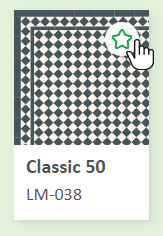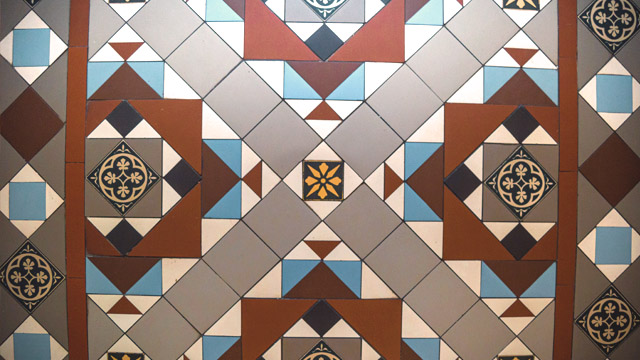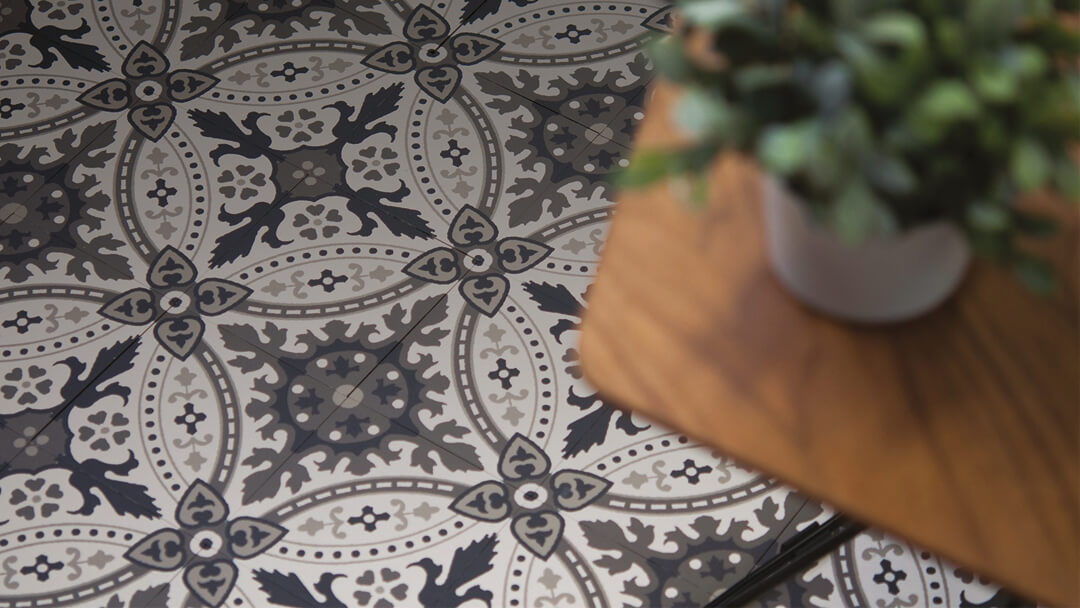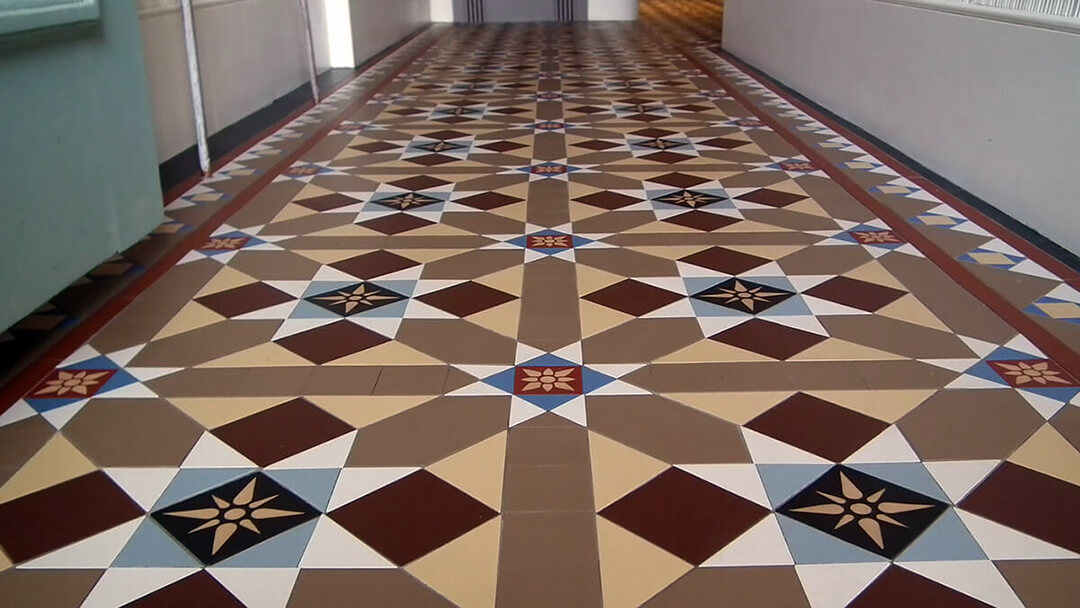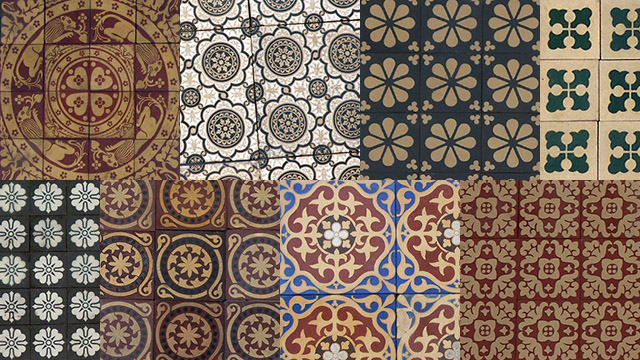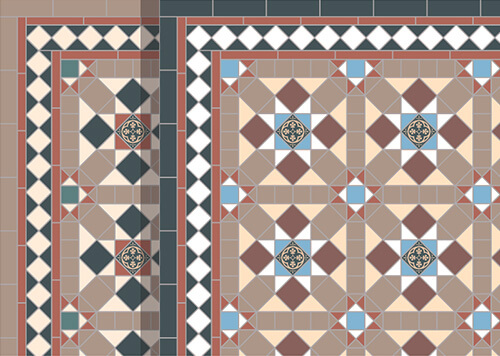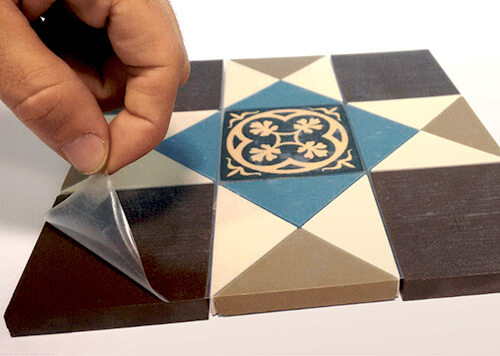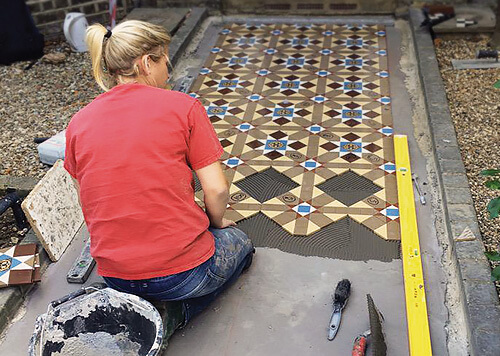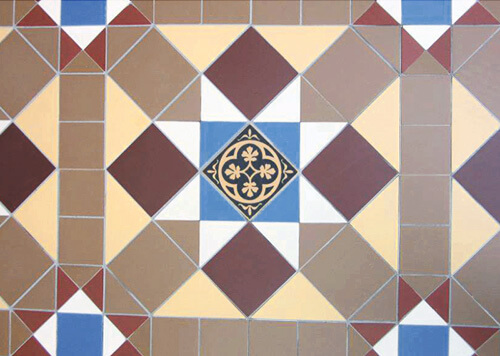What are Victorian encaustic tiles?
Encaustic tiles are traditionally created using different colours of ceramic clay, with the pattern inlaid into the body of the tile. The different coloured clays can extend into the base tile colour by up to 6 millimetres in depth. This means the patterns remain visible even after centuries of wear.
Inlaid or encaustic tiles were very popular between the 13th and 16th centuries for use predominantly in ecclesiastical settings.
A revival of the technique began in the mid-18th century when the tiles were mass-produced for use in residential properties to accentuate the traditional decorative geometric floor tile designs.
It's worth noting that the term 'encaustics' is often misused to mean Victorian tiles, even though actual encaustic tiles involve a specific clay inlay process. These tiles were popular in Victorian tile designs for their intricate patterns and durability.
Designers and architects used these detailed tiles to enhance the elegance of residential and public spaces, showcasing intricate floral motifs, geometric patterns, and vibrant colours that remain enduring elements in the tile schemes of that period.
London Mosaic stock a wide variety of modern reproduction encaustic tiles and salvaged period tiles, allowing you to capture the timeless beauty of these tiles in your own space.
